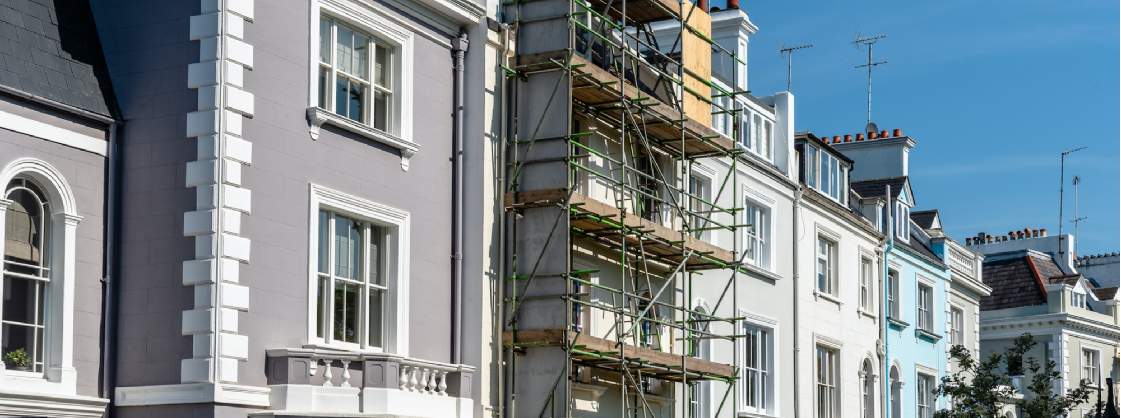Listed building consent (LBC) is the mechanism by which planning authorities ensure that any changes to listed buildings are appropriate and sympathetic to the building’s character. So if you live in or own a listed building and you wish to make changes to your property, you may require LBC before you carry out any work.
The Planning (Listed Buildings and Conservation Areas) Act 1990 requires that you apply for LBC if you wish to demolish a listed building or want to alter or extend a listed building in a manner which would affect its character as a building of special architectural or historic interest. However, understanding what constitutes ‘alteration’ to the extent of affecting the character of the building can be difficult to determine and open to interpretation.
For example, you may need LBC in order to paint the exterior of your home; this could depend on what colour you want to use. Maintenance of gutters and downpipes wouldn’t need LBC – and repairing them may not need LBC – but their replacement, especially if you are intending to use a different material, may do.
Historic England has recently published an advice note relating to LBC, giving general guidance on the process. It is worth reading, and provides commentary on a number of basic alterations, repairs and renovations that you may wish to make to your property.
You may also need LBC for any works to separate buildings within the grounds of a listed building (termed ‘curtilage listed structures’). Check the position carefully with your local council as it is a criminal offence to carry out work which needs LBC without obtaining it beforehand.
If you are thinking of buying a listed property, make sure your solicitor undertakes the necessary research and due diligence in relation to the planning history of the building. Also make sure any previous works have the correct planning approvals, as the responsibility for any unauthorised works, particularly those that should have listed building consent, can fall to a new owner. This could become a costly and time-consuming inheritance.
Be aware that the whole of the listed building is designated, not just the exterior or the main elevation. The local planning authority has the power to prosecute individuals and their contractors for undertaking unauthorised works to a listed building. We strongly recommend contacting a heritage professional or the conservation officer at your local planning authority for clarity.
Further information
Read more In Plain English: Listed Building

.jpg)
.jpg)
.jpg)
.jpg)
.jpg)
.jpg)
.jpg)
.jpg)
.png)
